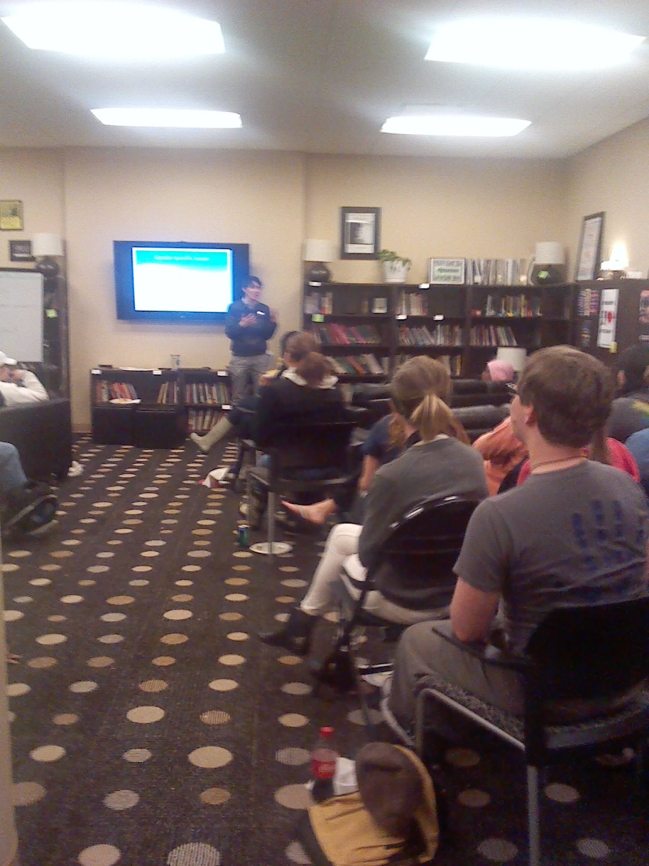Three women who went missing separately were found Monday night in a Cleveland home after a decade of captivity.
I first learned about this story reading a tweet from Piers Morgan:

He continued following the story on his late night talk show, CNN’s Piers Morgan Live. Between last night and now (Tuesday, May 7, 4:00pm central time), this story has attracted national attention, encouraging media outlets at every level to take their shot at telling the tale. Below, I compare and contrast local and national news coverage, evaluating who does what better or worse online.
Local Newspaper: The Plain Dealer

The Plain Dealer, a print and digital news source based in Northeast Ohio, sent reporters Leila Atassi, Rachel Dissell, Peter Krouse, and staff photographers to the scene of the crime. I found their story on cleveland.com, the online home of The Plain Dealer and Sun News, which covers 50+ Northeast Ohio communities in 11 newspapers. The text and photos paint a clear, organized, well-articulated and comprehensive picture. My one critique is the video: if you’re going to include video, use a tripod or set the camera somewhere stable. Shaky video distracts me from the person speaking, and detracts from the quality text and photos.
National Newspaper: Wall Street Journal

The Wall Street Journal‘s online coverage includes an article, video, photo slideshow and graphics. The article, slideshow and graphics were well-composed, including details and information not found in other news stories. WSJ provides in-depth context to the story, givings its consumers a better idea of what lead to this event. In my opinion, WSJ Live’s “Lunch Break”, their online video show, didn’t add much to the story. It seems WSJ is trying to provide a TV-style news experience, but it doesn’t translate as unique or engaging online. If a text-first news source is producing multimedia content, I expect to get something different than what I would get from a video-first news source.
Local TV News: ABC WEWS-TV

The WEWS News Channel 5 Team in Cleveland did something original: they were streaming their TV broadcast live on their website. The screenshot above is from their website, and from my laptop, I watched reporters introduce packages that gave me a better sense of who these women were and what’s happening now on the ground. As I clicked on different web stories, graphics and photo galleries on the site, I could continue listening to the live stream, which never glitched in my time watching and listening. Web editors are updating the site as new information comes in, and everything I’ve seen, heard and read has been clear, quality journalism. Nicely done, Channel 5.
National TV News: CBS This Morning

CBS This Morning sent national correspondent Dean Reynolds to Cleveland tackle this story. The package he produced included visuals and interviews unique to CBS, focusing on the events of the escape and the family and friends awaiting reunion. The text story dove more into the history of the missing women and what happened when each went missing. My critique, again, is with video: the high-quality package was ruined when it buffered, then stopped completely. I had to reload the page multiple times before I could view the video in its entirety without technical difficulties. I did not experience these issues when viewing video on the other news sites.
Overall, I think the local news organizations did a better job covering this story. Physical proximity allowed them to gather more information more quickly, but they also found and shared more angles to the story. The advantage national news organizations have is their name and established reputation, which more people know and trust. The average internet surfer Google-searching this story might click an WSJ link before they clicked a link to a Cleveland news website they didn’t recognize.
As a young news consumer, I have one recommendation for local and national news organizations: WORK ON YOUR ONLINE VIDEO. More people are getting their news online, and when I open a link to a story with text and video, I watch the video first. If the video is good, I’m more likely to read the text and look at photos and graphics.
Digital presence is everything now: make it count.






